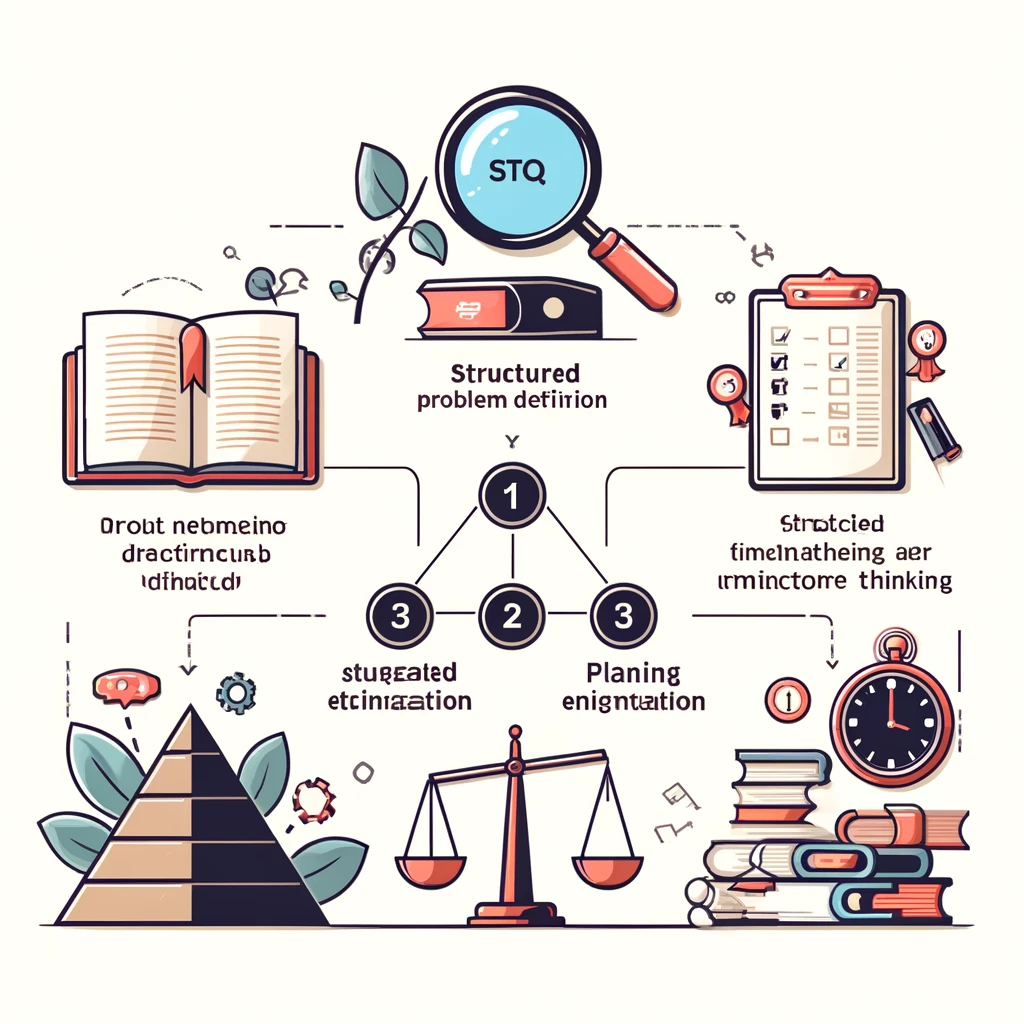Transforming the Singapore Cruise Centre with Digital Architecture
Welcome to another episode of Continuous Improvement, where we delve into the technologies and strategies reshaping industries worldwide. I'm your host, Victor Leung, and today we're setting sail with the Singapore Cruise Centre, exploring their remarkable digital transformation journey and the pivotal role of Digital Architecture in the maritime passenger services sector.
The Singapore Cruise Centre, owned by Maple Tree and Temasek, has been a beacon of maritime service since 1991. With their commitment to efficiency, innovation, and safety, they've embarked on a transformation journey that integrates cutting-edge technology to revamp their operations and customer service.
SCC's dedication to modernizing their operations is clearly reflected in their strategic adoption of the Cruise and Ferry Operating System, the Integrated Operations Center, and the innovative use of digital twins for operational management. These technologies are not just about keeping up with the times; they're about setting new standards in efficiency and security, and prioritizing sustainable practices.
At the core of SCC's transformation is their Digital Architecture—a structured approach that ensures technological advancements are perfectly aligned with strategic business goals. This architecture doesn’t just support SCC's operations; it propels them forward, ensuring that every technological initiative drives their business objectives.
Let’s break down the key components:
- Business Architecture: This aligns their IT infrastructure with business goals to enhance management and reusability.
- Data Architecture: From data collection to disposal, ensuring efficient and secure data management.
- Application Architecture: Defines both functional and non-functional requirements of software applications tailored to their needs.
- Technology Architecture: Manages the hardware and software infrastructure to meet operational demands.
- Security Architecture: A critical component ensuring all digital and physical assets are safeguarded against threats.
SCC doesn’t just set up these components and call it a day. They engage in a continuous cycle of defining, executing, and maintaining:
- Define: They establish clear objectives for each architectural component, tailored to specific business needs.
- Execute: Implementations are rolled out to ensure they align perfectly with SCC’s strategic business plan.
- Maintain: Regular reviews and updates keep their systems agile and responsive to new challenges and opportunities.
The digital transformation journey of the Singapore Cruise Centre is a compelling example of how traditional industries are turning to advanced digital solutions to enhance their operational efficiency and customer experiences. Their approach provides key takeaways for any business looking to navigate the complex waters of digital transformation:
- Strategic Alignment: Ensuring that all digital efforts bolster the business objectives.
- Agility and Adaptability: Architectures must support quick responses to market changes and demands.
- Sustainability and Innovation: At the heart of SCC's efforts are sustainable practices and innovative solutions.
By embracing these principles, the Singapore Cruise Centre is not just preparing for the future; they are actively creating it, enhancing guest experiences and paving the way for a more integrated and sustainable maritime industry.
Thank you for tuning in to Continuous Improvement. Join us next time as we continue to explore how businesses are transforming their landscapes through technology and strategy. Until then, keep pushing the boundaries and innovating at every turn.



